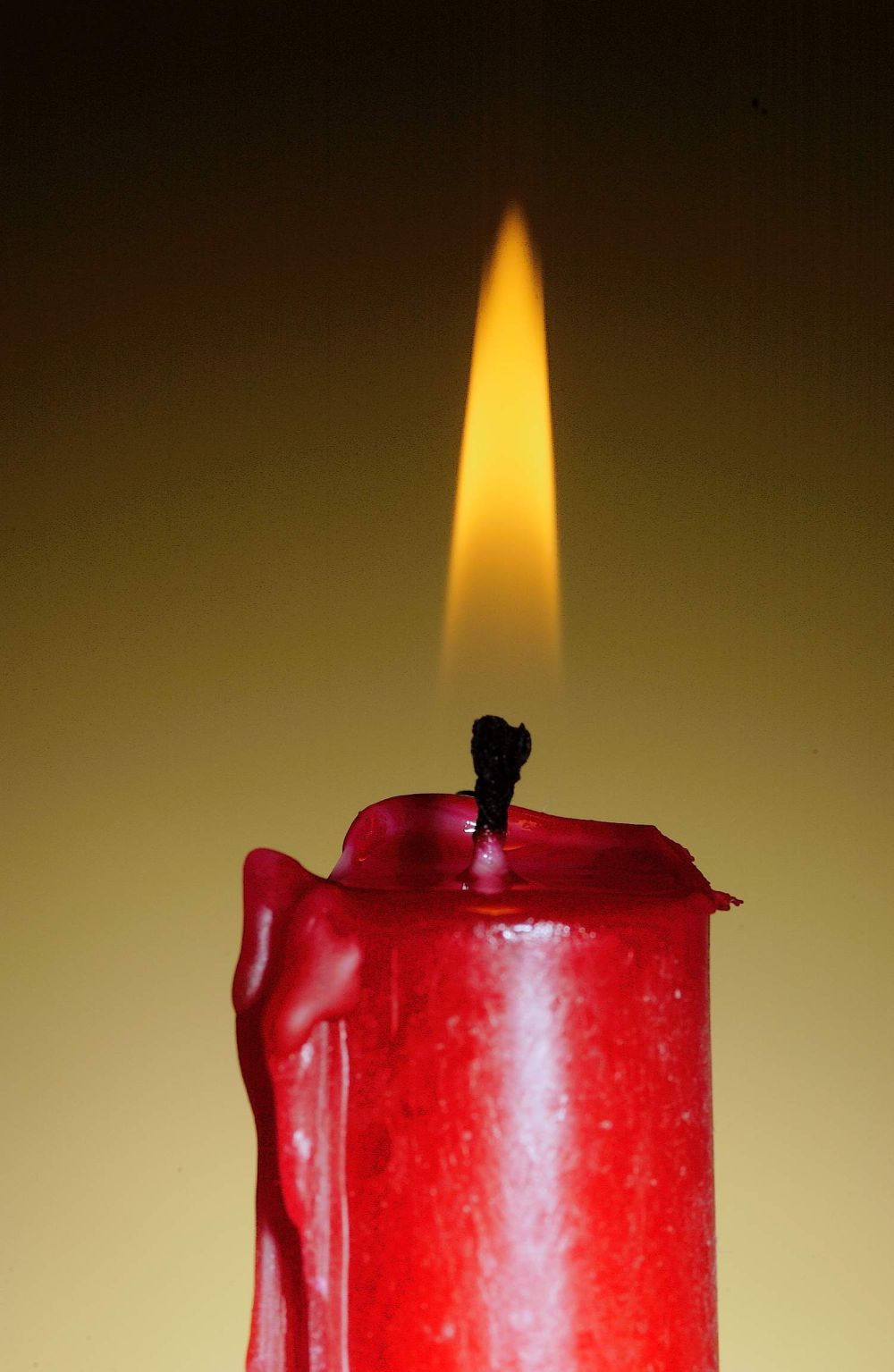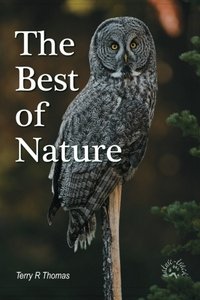Heat

A candle offers heat in a way I can comprehend it. There are heat sources in this universe that are too hot to imagine.
I have always heard that deserts, while hot during the day, were significantly colder at night, sometimes downright cold. But as I packed our car for a return from Yuma to Idaho Falls at midnight one June night a few years ago, I discovered that was not universally true. The thermometer hovered right at 100 degrees Fahrenheit (F), and we later found that it never dropped below 90 degrees that night. That is one hot place to live.
Heat. We use it every day, to cook our food, for warm showers, to bask in sunny rays at the beach, and as winter steadily approaches, to maintain our homes at a livable temperature. We use heat so often we likely take it for granted.
When I think of heat, I often think of hot things. For instance, a candle burns at varying temperatures depending on the color of the flame. Blue flames are around 1,400 degrees F (blue flames typically signify a more complete and efficient combustion process), yellow: around 1,200 degrees F, orange: around 1,000 degrees F and red: around 800 degrees F. The hottest part of the flame is usually at the base, near the wick. The high setting on an electric range can vary from 500 to 750 degrees F depending on make and model. I can readily understand heat in these contexts as I use them daily.
However, there are temperatures that are impossible for my brain to comprehend. For instance, the core of the sun is estimated to be around 27 million degrees F while the surface is a paltry 10,000 degrees F.
The center of the Earth is estimated to be between 9,392 and 10,832 degrees F, as hot as the surface of the sun. The hottest planet, Venus (not Mercury even though it is closer to the sun) runs a surface temperature of 869 degrees F because of a strong greenhouse effect in its atmosphere. These are all dwarfed by the temperature of WR 102, a star in the Sagittarius constellation that is 16 times the mass of the sun. Its temperature is estimated to be 377,540 degrees F. And king of them all is a thermonuclear blast from a hydrogen bomb. Temperatures may briefly reach 180,000,000 degrees F.
A bit of clarity here. Temperature is just a measure of heat, not the heat itself. As one source put it, “temperature is the storyteller, while heat drives the plot.” We measure the amount of heat that is gained or lost without actually observing the heat itself. As energy, heat is always measured in joules, but for everyday use, we often measure in calories where one calorie is enough heat energy to raise the temperature of one gram of water by one degree Celsius. A single calorie equals about 4.2 joules.
Besides Celsius and Fahrenheit, there is another temperature measuring scale applied to heat energy, Kelvin (K). Zero degrees K is when all molecular activity stops—atoms stop flying around inside the molecules and become absolutely still. It is equivalent to about -460 degrees F—really cold, but Kelvin it is a measure of steadiness, not temperature.
Heat is a form of energy, called thermal energy. It has some unique properties that we should be aware of in our outdoor activities. More on that next time.

Help Idaho Wildlife
When we traveled across the state in October 2017, we visited most of the Idaho Department of Fish and Game wildlife management areas. Most of the vehicles we saw using the wildlife management areas did not have wildlife plates. Buying wildlife plates is a great way for non-hunters and hunters alike to support wildlife-based recreation like birding.
C'mon folks, let's help Idaho's wildlife by proudly buying and displaying a wildlife license plate on each of our vehicles!
See below for information on Idaho plates. Most states have wildlife plates so if you live outside Idaho, check with your state's wildlife department or vehicle licensing division for availability of state wildlife plates where you live.
And tell them that you heard about it from Nature-track.com!
Wildlife License Plates
Great news! as of 2024, there are three NEW designs for license plates. They still are bluebird, cutthroat trout and elk, but they are beautiful.
Idaho Wildlife license plates provide essential funding that benefits the great diversity of native plants and wildlife that are not hunted, fished or trapped—over 10,000 species or 98% of Idaho’s species diversity. Game species that share the same habitats (such as elk, deer, antelope, sage-grouse, salmon, trout) also benefit from these specialty plates.
No state tax dollars are provided for wildlife diversity, conservation education and recreation programs. Neither are any revenues from the sale of hunting or fishing licenses spent on nongame species. Instead, these species depend on direct donations, federal grants, fundraising initiatives—and the Idaho Wildlife license plates.
Both my vehicles have Bluebird Plates. I prefer the bluebird because the nongame program gets 70 percent of the money from bluebird plates, but only 60 percent of the money from elk and trout plates - 10 percent of the money from elk plates supports wildlife disease monitoring and testing programs (to benefit the livestock industry) and 10 percent from cutthroat plates supports non-motorized boat access.
Incidentally, in 2014, the Idaho Legislature denied the Department of Fish and Game the ability to add new plates or even to change the name of the elk and cutthroat plates (very specific) to wildlife and fish plates, a move that would have allowed for changing images occasionally and generating more revenue. It would seem that they believe that we Idahoans don't want a well funded wildlife program.
I think it is time we let the Legislature know that Idahoan support wildlife funding and that we would like to see these generic plates come to fruition.

"WOW. What a phenomenal piece you wrote. You are amazing." Jennifer Jackson
That is embarrassing, but actually a fairly typical response to my nature essays. Since The Best of Nature is created from the very best of 16 years of these nature essays published weekly in the Idaho Falls Post Register (online readership 70,000), it is a fine read. It covers a wide variety of topics including humorous glimpses of nature, philosophy, natural history, and conservation. Readers praise the style, breadth of subject matter and my ability to communicate complex and emotional topics in a relaxed and understandable manner.
Everyone can find something to love in this book. From teenagers to octogenarians, from the coffee shop to the school room, these nature essays are widely read and enjoyed.
Some of the essays here are my personal favorites, others seemed to strike a chord with readers. Most have an important message or lesson that will resonate with you. They are written with a goal to simultaneously entertain and educate about the wonderful workings of nature. Some will make you laugh out loud and others will bring a tear to the eye and warm your heart.
Readers Write:
"You hit a home run with your article on, Big Questions in Nature. It should be required reading for everyone who has lost touch with nature...great job!" Joe Chapman
"We enjoyed your column, Bloom Where Planted. Some of the best writing yet. The Post Register is fortunate to have your weekly columns." Lou Griffin.
To read more and to order a copy, click here or get the Kindle version
Copies are also available at:
Post Register
Island Park Builders Supply (upstairs)
Barnes and Noble in Idaho Falls
Harriman State Park, Island Park
Museum of Idaho
Valley Books, Jackson Wyoming
Avocet Corner Bookstore, Bear River National Wildlife Refuge, Brigham City, Utah
Craters of the Moon National Monument Bookstore, Arco, Idaho